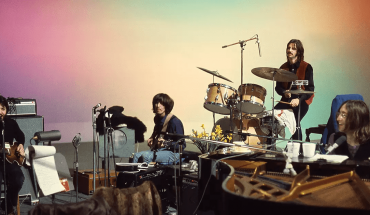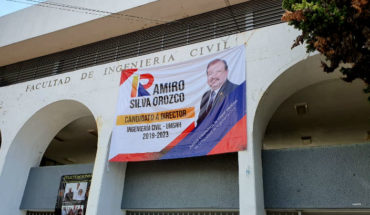A new ticket will arrive in the Mexicans’ wallets in September: the 200 pesos will no longer have the face of Sister Juana Inés.
This banknote will be the second of the new family presented last year by the Bank of Mexico (Banxico), this new series of banknotes will promote details of the historical, cultural and natural heritage of the country.
The image of Sister Joan has been on the 200 peso banknote since October 2001.
The 200 pesos bill will be alluding to Independence, as well as to scrub and deserts; on the obverse you will have Miguel Hidalgo and José María Morelos, while on the reverse the flora and fauna that will include the golden eagle and the sahuaro, as well as the El Pinacate Biosphere Reserve and the Great Altar Desert.
Alejandro Alegre, general director of Emission of Banxico said in an interview with Milenio, that the new 200 pesos bill seeks to give greater security when making a payment.
Read: What the color of banknotes says about a country
He explained that banknotes are changed to provide them with better security measures and prevent them from being counterfeited; to make them with better materials and be more durable and to incorporate marks and elements that help visually weak people and machines better identify banknotes.
Alegre reiterated what Banxico announced a year ago: the 20 peso banknote will go out of circulation and a coin will be issued instead.
New banknotes in the coming months
The 200 pesos won’t be the only ticket that changes. For a few months now, a new 500-peso banknote has been circulating, with the image of former President Benito Juarez on the front, and the ecosystem reserve of coasts, seas and islands and the gray whale on the back.
Gradually it will enter circulation, the 50 pesos will refer to ancient Mexico and rivers and lakes; on its obverse will be represented by the Foundation of Mexico City-Tenochtitlán, and on the back of ajolote and corn, as well as Xochimilco.
The 100 pesos will refer to the Colony and temperate forests, on the front will have Sister Juana Inés de la Cruz, on the back to fauna and flora such as Monarch Butterfly, pines and encinos, and as a heritage to the Reserva de la Biosphere Monarch Butterfly.
As for the banknote of a thousand pesos, it will be alluding to the Revolution and the rainforests, with the images of Francisco I. Madero, Hermila Galindo and Carmen Serdán, the jaguar, ceiba and zapote will be the flora and fauna representative, and as a heritage will be made alluding to the ancient c Mayan city of Calakmul.
With information from Milenio.
What we do in Animal Político requires professional journalists, teamwork, dialogue with readers and something very important: independence. You can help us keep going. Be part of the team.
Subscribe to Animal Politician, receive benefits and support free journalism.#YoSoyAnimal





